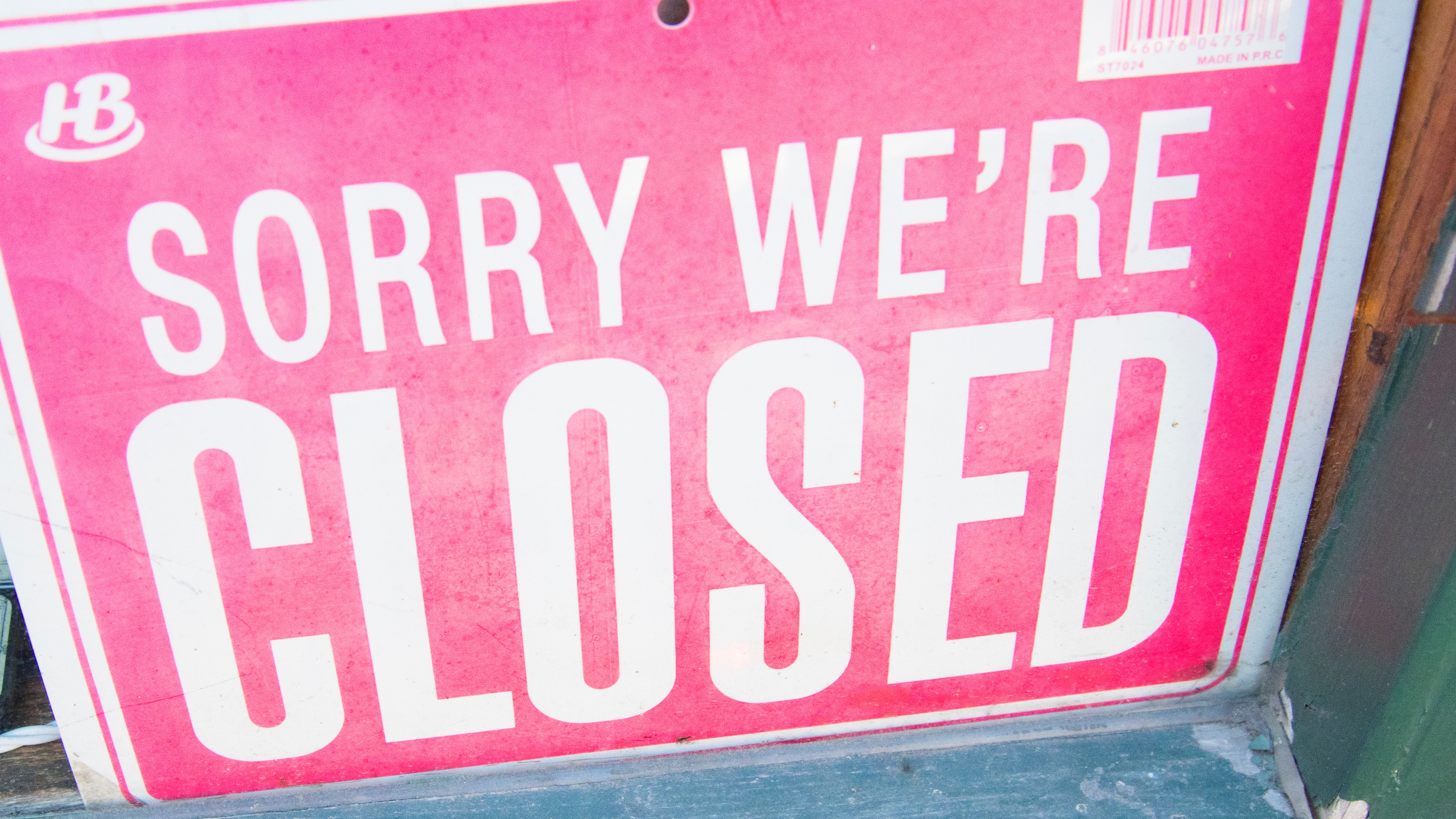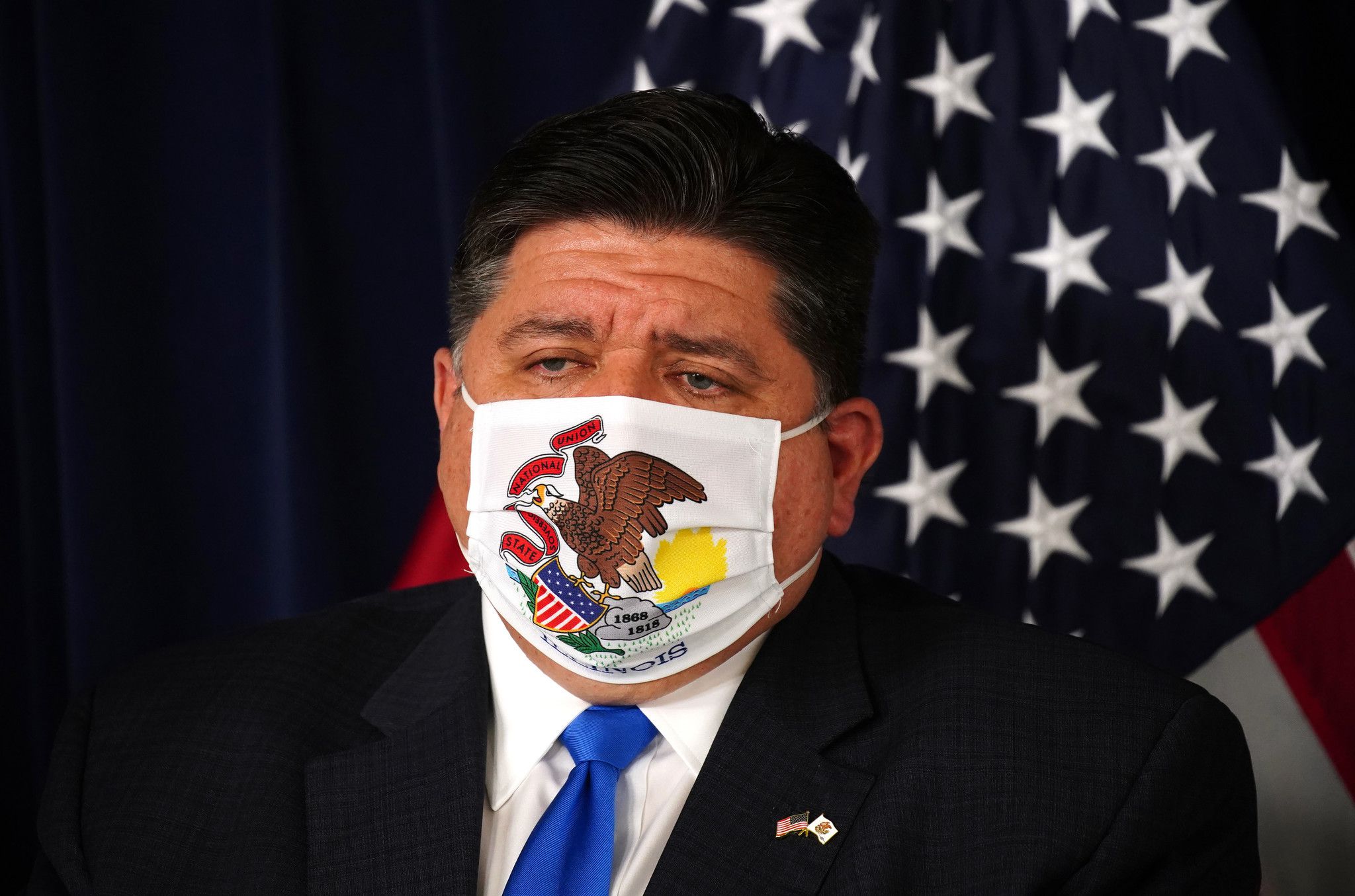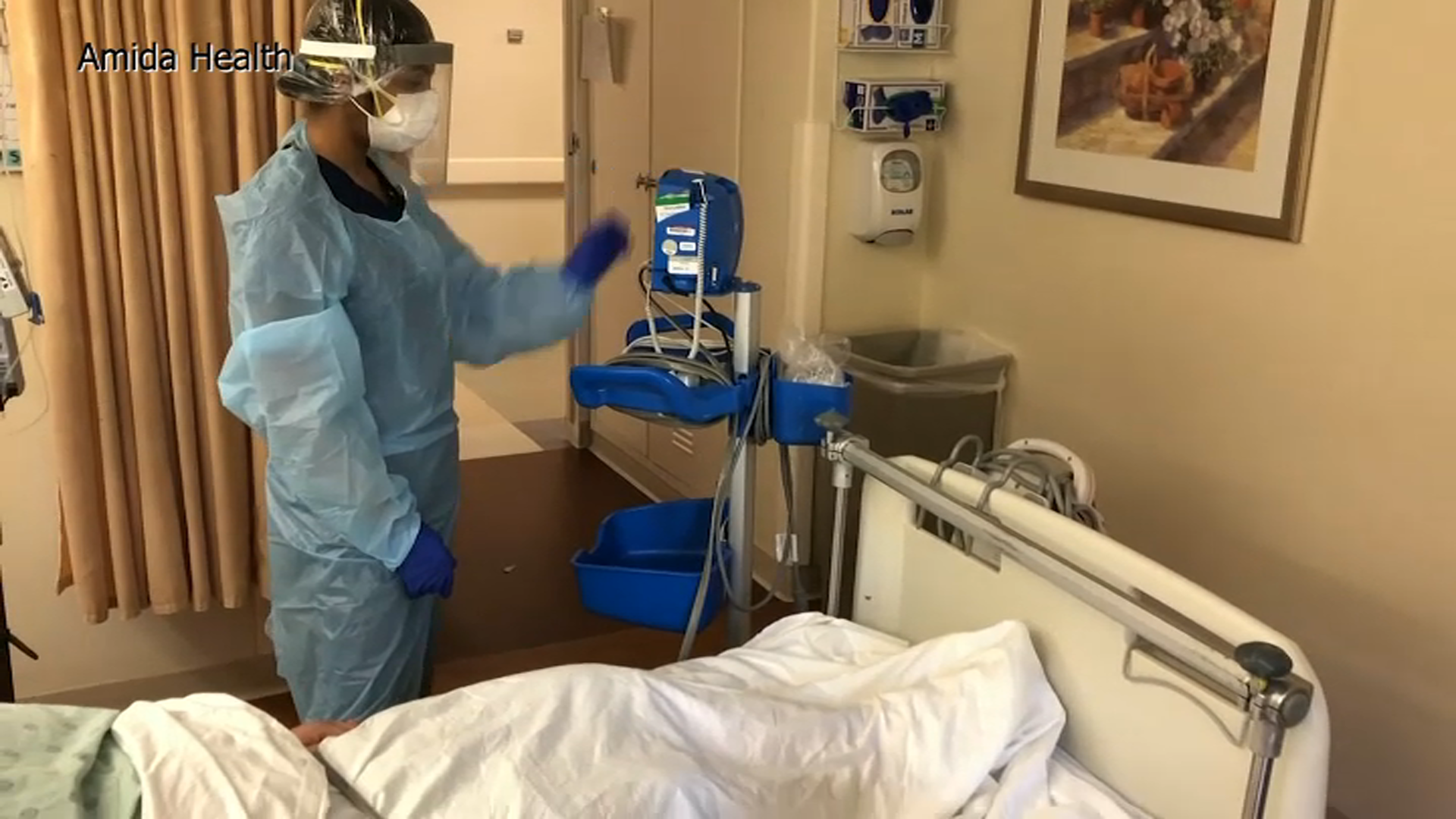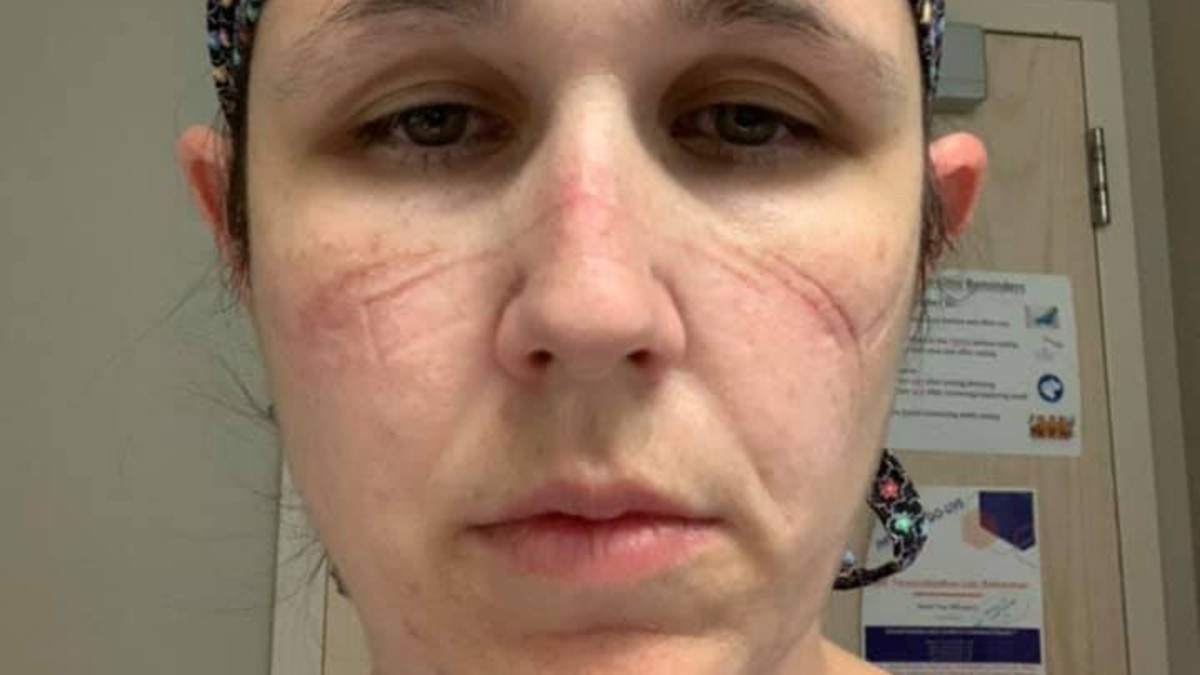How long will Illinois be under Tier 3 mitigations?
According to Gov. J.B. Pritzker, it all comes down to the numbers.
Beginning Friday, new guidelines will be in place for retailers, gyms, hotels, restaurants, bars and more, according to state officials.
The state's health department said officials will track metrics over the next 14 days to determine "if mitigations can be relaxed, if additional mitigations are required, or if current mitigations should remain in place."
In order for a region to move back to Tier 2 mitigations, it must see a seven-day test positivity average below 12% for three consecutive days, more than 20% availability for intensive care units and hospital beds for three consecutive days, and a decline in seven-day hospitalization average for at least seven days.
“There is no denying that the state is headed in the wrong direction with increased cases, hospitalizations, and deaths,” IDPH Director Dr. Ngozi Ezike said in a statement. “There also is no denying that reducing the opportunities for the virus to spread can reverse our direction. This includes staying home as much as possible, wearing a mask and keeping social distance when we do have to go out, and not gathering with people outside our households. Until a vaccine is widely available and people understand the importance of being vaccinated, we must continue to take preventive actions to stop the transmission of the virus. Right now, our preventive actions are the best way to prevent new cases, hospitalizations, and deaths.”
While the latest round of mitigations does not include a stay-at-home order, Pritzker warned that another order may be required.
Pritzker said Illinois' coronavirus growth is now exponential in every region of the state, statewide positivity rate is at record highs and hospitalizations have surpassed the spring peak.
“The simple fact is that COVID-19 is spreading so quickly and so widely, and our hospitals are beginning to experience real strain and at the current infection rate they will be overwhelmed. So whenever possible, we need you to stay home,” Pritzker said in a statement. “I’m hopeful that by limiting our in-person interactions, we will succeed at avoiding a stay at home order like what we had in the spring – when the choice between saving lives and saving livelihoods was even more stark. Tier 3 may allow us to do both. Like in other states like Michigan and California and Washington, it’s our best effort to avoid a stay-at-home order and save lives.”
All of Illinois had been under some sort of heightened mitigations prior to Tuesday's announcement, but much of the state, with the exception of a few regions, was under Tier 1 mitigations.
The governor has hinted at the possibility of additional statewide restrictions in recent weeks. Last week, he warned that a statewide stay-at-home order may be issued in the coming days if metrics don't turn around.
His warning came after state health officials issued guidance recommending that all residents "stay home as much as possible, leaving only for necessary and essential activities, such as work that must be performed outside the home, COVID-19 testing, visiting the pharmacy, and buying groceries."
IDPH also recommended everyone work with employers to work from home unless necessary to be in the workplace and issued another warning that "attending even small gatherings that mix households or traveling to areas that are experiencing high rates of positivity, is not advised and is potentially dangerous."
Stay-at-home advisories took effect Monday morning in Chicago and suburban Cook County as coronavirus metrics continue to rise.
The governor's Tuesday update comes after multiple warnings about hospitalizations in the state, which have consistently increased in recent days.
Illinois had previously reached its hospitalization peak roughly six months ago, but as the state's latest wave lifts the number of average patients in Illinois facilities well above 5,000, the state is seeing record numbers.
As of Monday, Illinois was averaging more than 5,200 coronavirus patients in state hospitals, a number that is 400 more individuals than the spring high, and a 70 percent increase in the last two weeks alone, Pritzker said.
The state saw its hospitalization numbers jump Tuesday with 5,887 residents currently in hospitals due to coronavirus-like illnesses, an increase of more than 300 patients in the last 24 hours. Of those patients, 1,158 are currently in intensive care units, and 545 are on ventilators, also marking increases for both.
All three statistics are the highest metrics the state has seen in their respective categories since the first peak in COVID-19 cases earlier this year.







